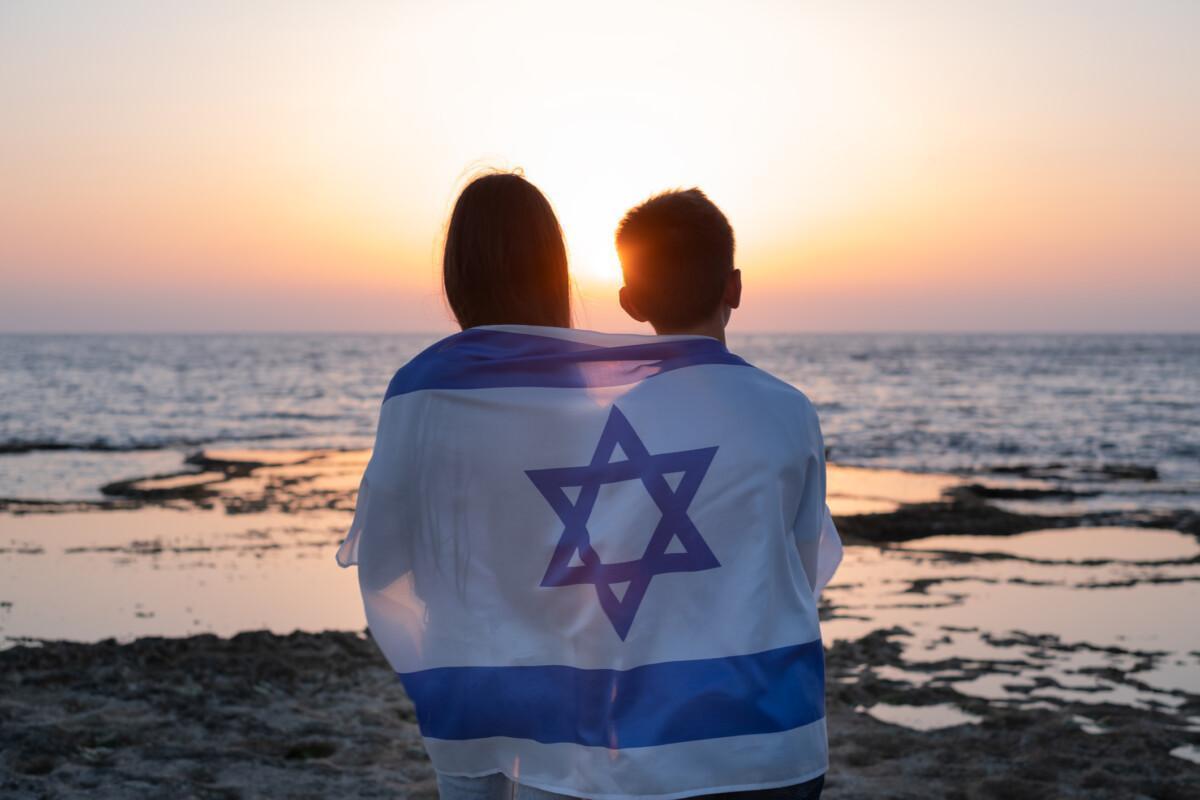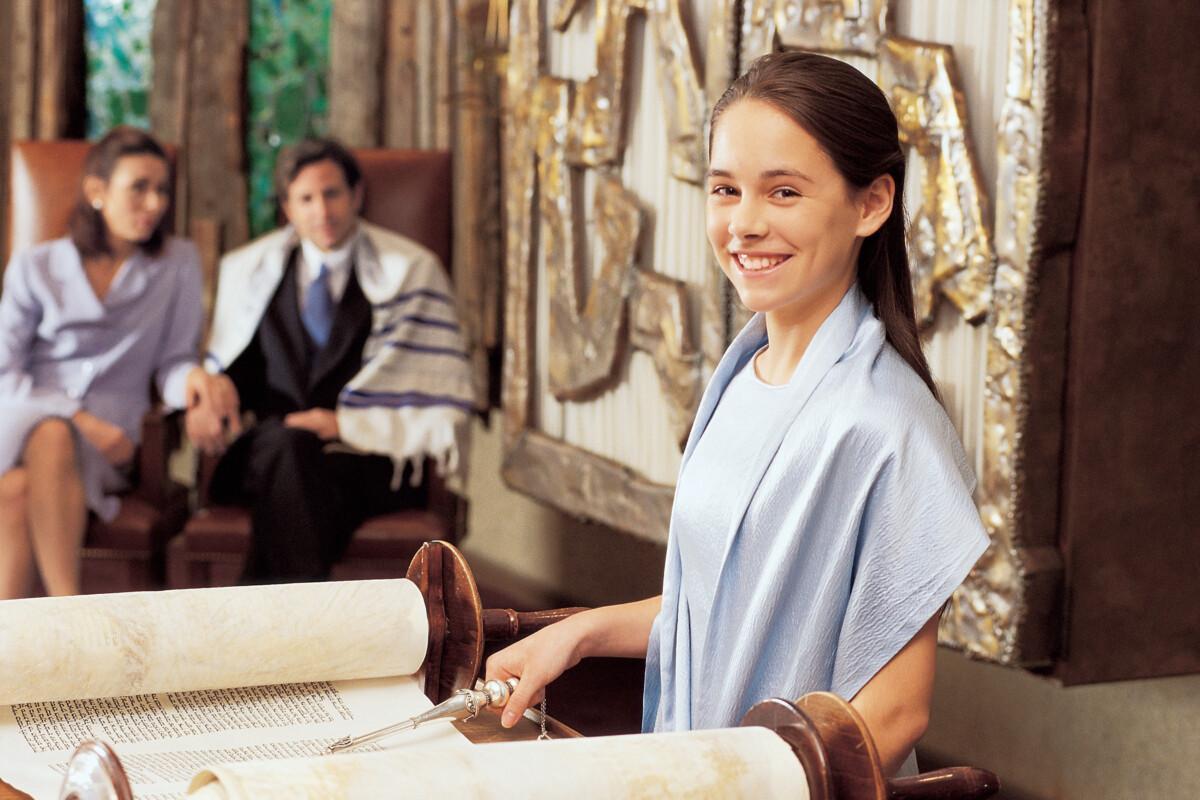
A Culture of Study: The Jewish Value of Education Prepares for B’nai Mitzvah
By Drew Isserlis Kramer
Psst..check out Going to a B’nei Mitzvah: A Guide for the Non-Jewish Guest
Judaism is a religion of study. At the center of Jewish study is the Torah. The Torah is the name given to the first five books of the Hebrew Bible. Directly translated to English, Torah means “to teach.” The Torah’s stories of creation, the covenant and the struggle to keep it guide the reader to live with meaning and purpose. For thousands of years and to this day, its teachings help people manage through times of triumph and tragedy, as well as navigate the regular challenges of everyday life. In doing so, Jewish people gain a framework for living that creates ritual and regularity in a world of chaos. In addition, it cultivates a devotion to education and thoughtful debate that promotes a culture rich with intellectual curiosity.
Within the Torah, the Mitzvah of Chinuch, or the duty to educate the next generation, begins before B’nai Mitzvah. The term chinuch, or “training,” is used because it is learning that comes before reaching Jewish adulthood. Without assigning adult responsibility to children, chinuch is an “inauguration” or an initiation to Jewish customs, values and faith. Early exposure to Judaism through school and family life gives children an association between the warmth of tradition and community that will foster enthusiasm and intellectual interest into adulthood. The intention is that the pride and connection to Judaism will establish a commitment to study as they approach preparation for the b’nai mitzvah–the ceremonial transition from childhood to adulthood at the age of 12 or 13.
Preparation for a b’nai mitzvah requires dedication. Learning Hebrew and memorizing and interpreting a Torah portion requires real work. Students often struggle with reading Hebrew and understanding ancient texts, especially with a loaded academic and extracurricular life outside of religious school. The b’nai mitzvah becomes an effort of both time and substance. If your child is grappling with the academic pressure of an approaching B’nai Mitzvah, several Jewish traditions can help to inspire achievement.
Understand the System
To support your children in their preparation, it is essential to understand the scale of the task at hand. When a B’nai Mitzvah reads from the Torah, the undertaking is not just to read the ancient Hebrew characters, but to chant the words in the melodies of the religion’s oral tradition. Students of Torah must learn the words and the melodies like singers learn sheet music. Like in music, Torah comes with a notation system that indicates the “flavor of the reading,” or trope. Trope, also known as Hebrew cantillation, dots, dashes, jagged zigzags above and below the words are the punctuation symbols our ancestors used to conduct their ancient songs.
To complicate matters further for the young Torah student, the punctuation symbols are not written in the Torah scroll text itself. Students must memorize the melodies, using a complex system of symbols and colors. While many b’nai mitzvah candidates begin to understand this system early in childhood, for more novice Torah students, this is an immense task.
Personalize Learning
According to Rabbi Sasha Baken at Westchester Reform Temple in Scarsdale, New York, preparation for b’nai mitzvah is not a one stop shop. When preparing a child for b’nai mitzvah, Baken emphasizes that “each student is different. What works for one child may not work for another.” As a result, every cantor or rabbi must cater to the unique needs of every student. Even without a documented learning difference, families of b’nai mitzvah students should connect with clergy to discuss the child’s learning style, preparing a more visual or oral approach, depending on preferences. Many cantors will record the torah portion so that students who prefer to learn by ear can better connect sound to symbols and words. Depending on the requirements of the congregation, some synagogues will allow students to read from the portion from a copy with the trope symbols, or even phonetically written words. Speak with your child’s academic school teachers to better understand what works for that student in the classroom.
Seek a Havruta: Learn in Pairs
Jews rarely study alone. Traditionally, Talmudic study is a social and even communal activity. At many synagogues, cantors and rabbis will tutor students on their Torah portion, holding weekly face-to-face sessions to map trope onto the hebrew letters and chant together. These regular meetings with clergy will give the child the necessary 1:1 attention, educating the student about the system and meaning for the portion.
Tutoring sessions with clergy are essential, but not the only practice required to succeed on the bimah. Encourage your child to seek a “havruta” or a partner in Jewish learning. When paired with a peer, the pair can help each other dissect their Torah portions, learning its meaning and applying it to their own lives. Judaism values lively discussion and debate, making the material come to life through opinion and opposition. While weekly tutor sessions with clergy is important, the student might feel embarrassed to question or give a full opinion to someone with more experience and age. The additional support of a peer offers the freedom to make mistakes and question, which could create confidence and more thoughtful interactions with teachers later.
For parents, Rabbi Baken encourages them to “study the Torah portion with their children, if they’re interested.” If parents cannot read hebrew, “support kids with writing the speech, helping to interpret the lessons of the portion and draw similarities to modern teenage life.”
The Sum of Study
While preparing for a b’nai mitzvah can feel like an intimidating commitment, recall that students are studying well before 13. Chanting the four questions and Hanukkah prayers, young children begin to learn trope. From family services to Hebrew school, they string letters into words, growing to decipher blessings and prayers. A childhood connection to Judaism gives Jewish youth the skills and commitment to learning, as well as an appreciation for the beautiful oral tradition handed down to the Jewish people for centuries. In the Mitzvah of Chinuch, children learn the nuts and bolts of a lyrical language that they will use to announce their call to adulthood, but also their commitment to Judaism and ensuring the future of this tradition.




